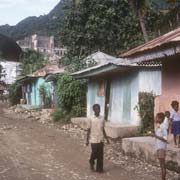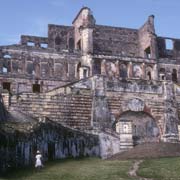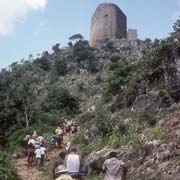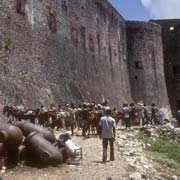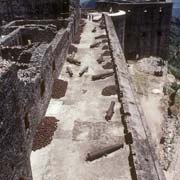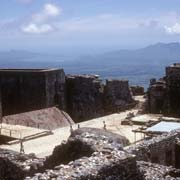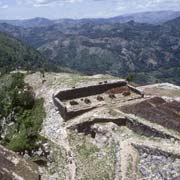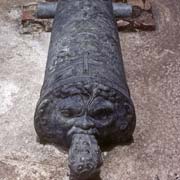Photos of Milot, Haiti’s first site capital, Haiti
Milot, Haiti’s first site capital
Milot is a small town in the north of Haiti, about 20 kilometres to the southwest from Cap-Haïtien. It was Haiti’s first site capital. The self-proclaimed King Henri Christophe ascended to power in 1807, three years after Haiti gained independence from France, and renamed the city Cap-Henri.
you may then send it as a postcard if you wish.
As a result, Milot hosts the ruins of the Palace Sans-Souci (“without worry”). Construction started in 1810 and was completed in 1813. Crippled by a stroke, King Henri I committed suicide on the palace grounds on 8 October 1820; according to Haitian legend, he shot himself with a silver bullet. A severe earthquake in 1842 destroyed a considerable part of the palace; it was never rebuilt.
Eight kilometres uphill from Milot looms the Citadelle Laferrière or Citadelle Henri Christophe, a large mountaintop fortress built between 1805 and 1820 as part of a system of fortifications designed to keep the newly independent nation of Haiti safe from French incursions. The Citadel was built atop the 910 metres Bonnet a L’Eveque mountain, to deter attacks and provide a lookout into the nearby valleys. The fortress was outfitted with 365 cannons of varying sizes. Large stockpiles of cannonballs still sit in pyramidal stacks at the base of the fortress walls. The cannons were never fired in anger: a French attack never came, and France recognised Haiti’s independence in 1820.



